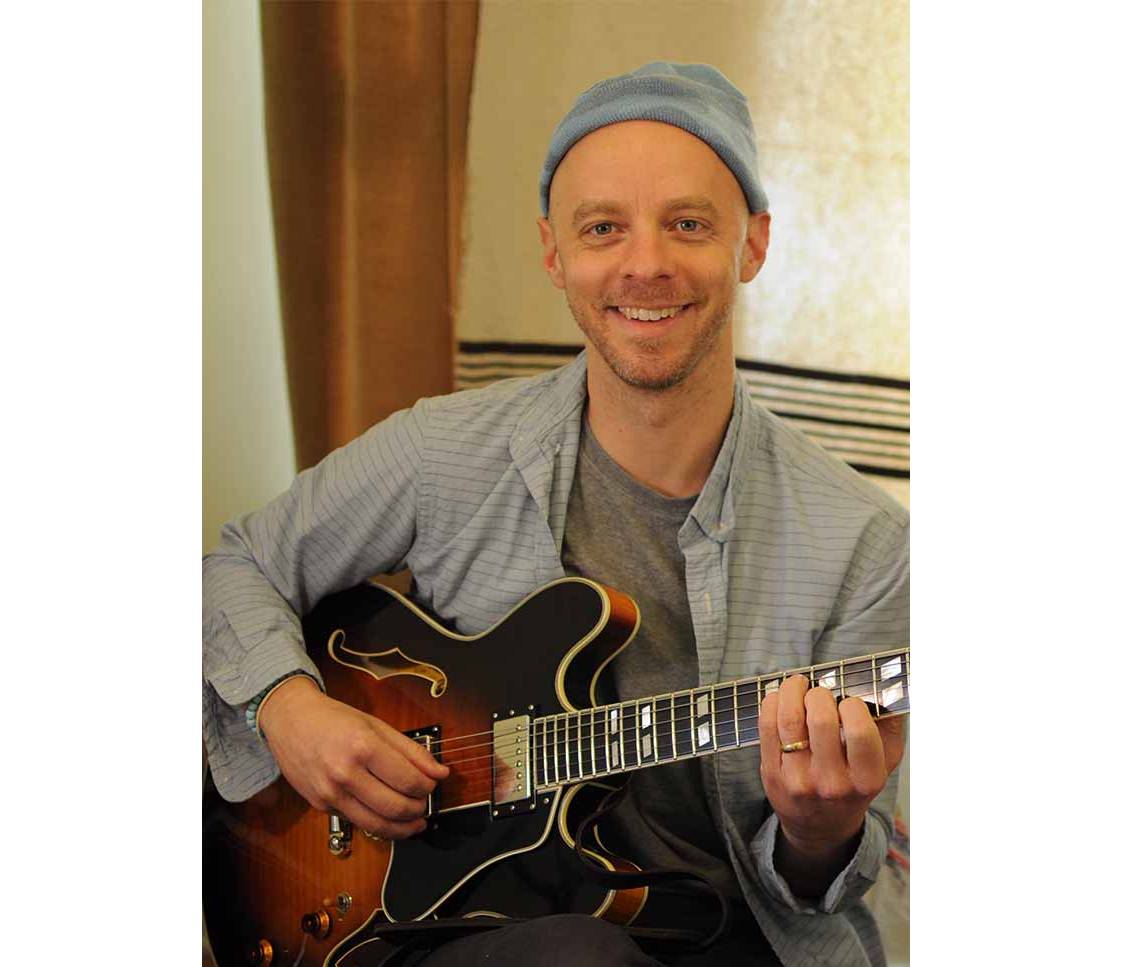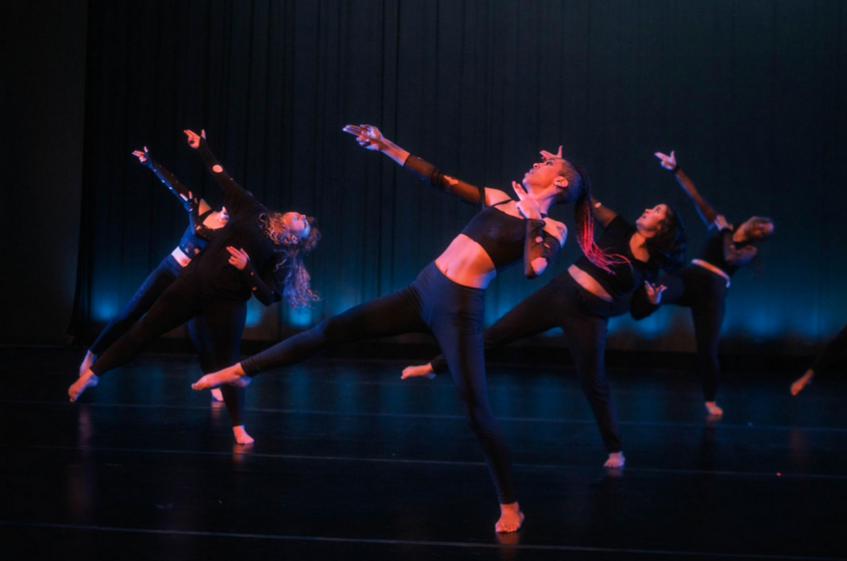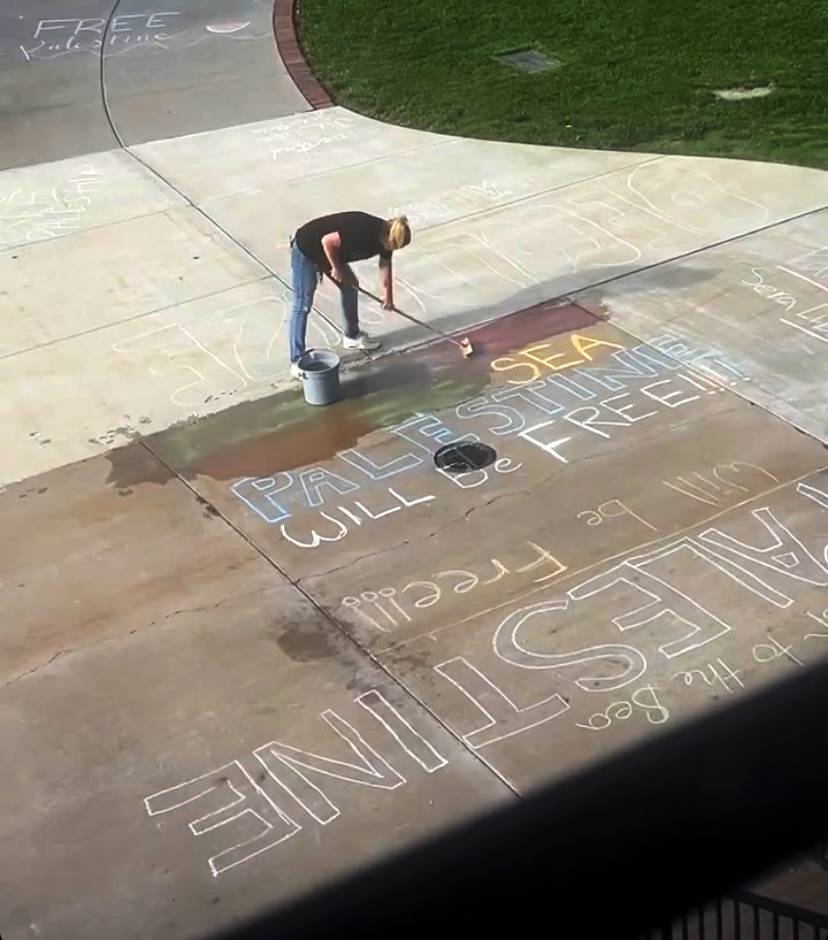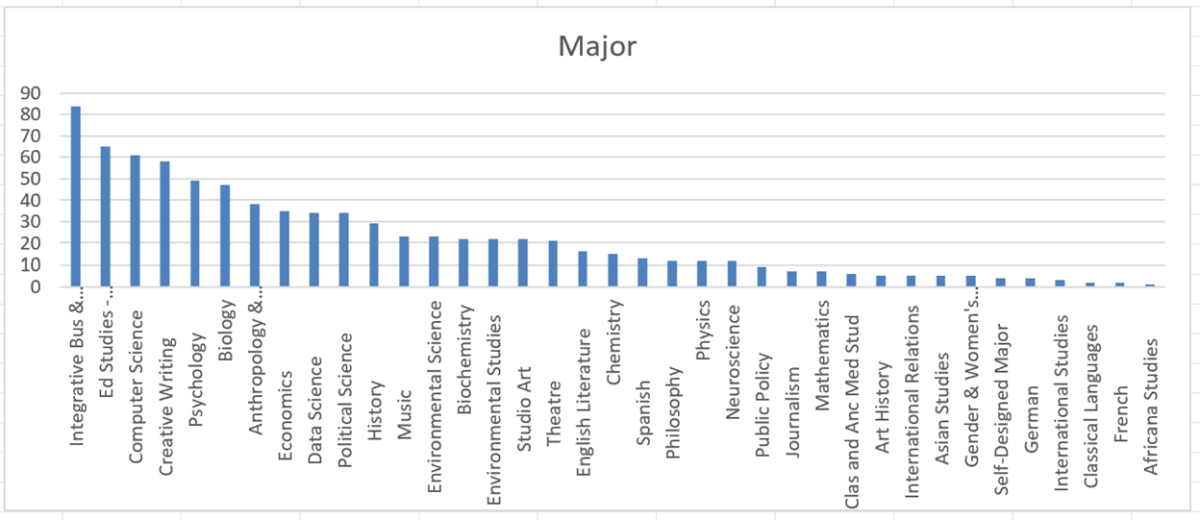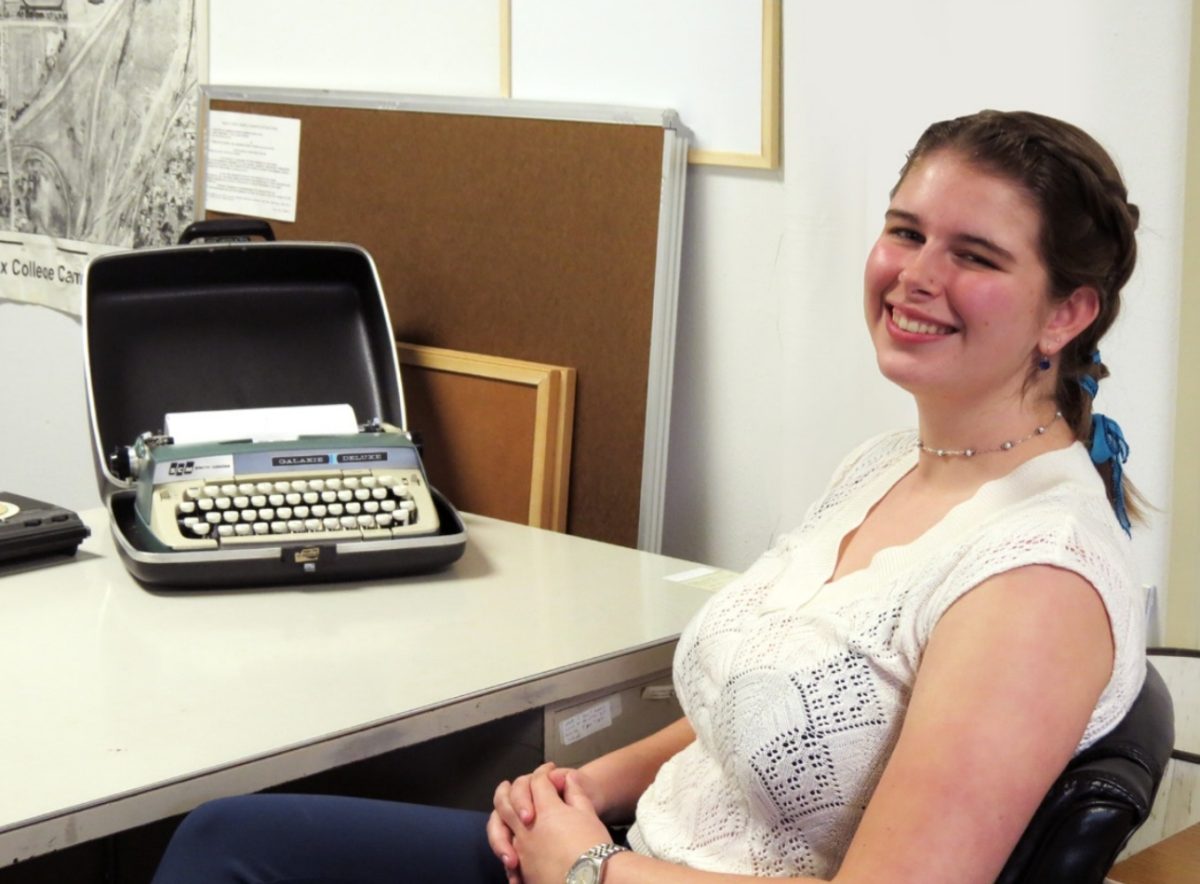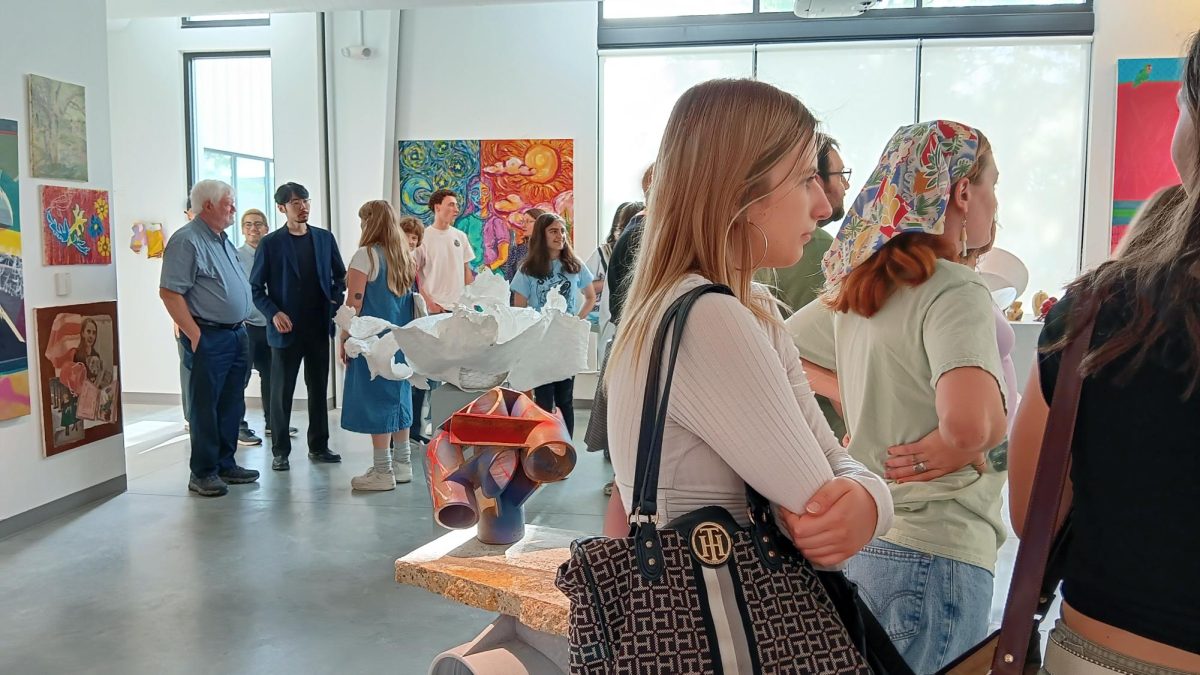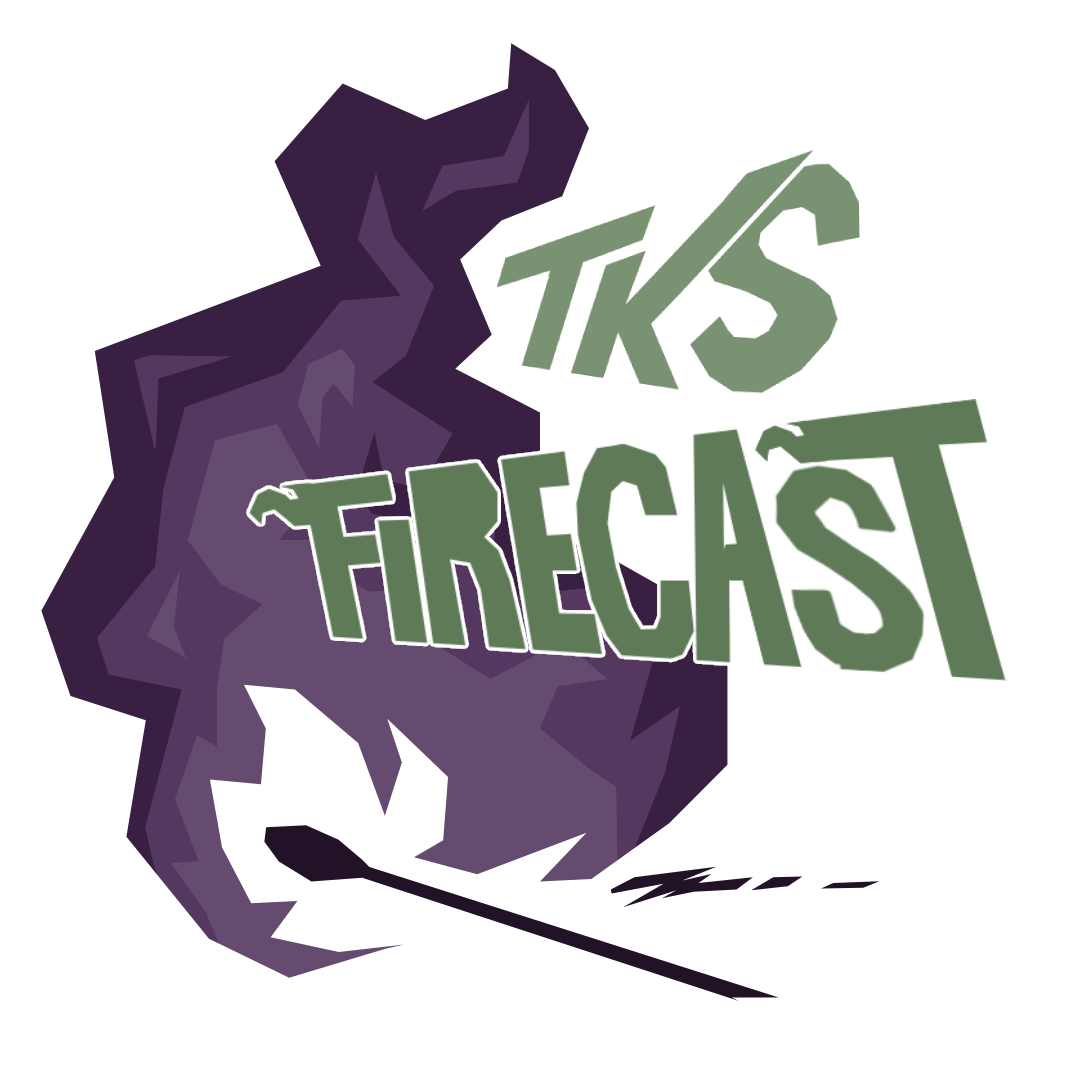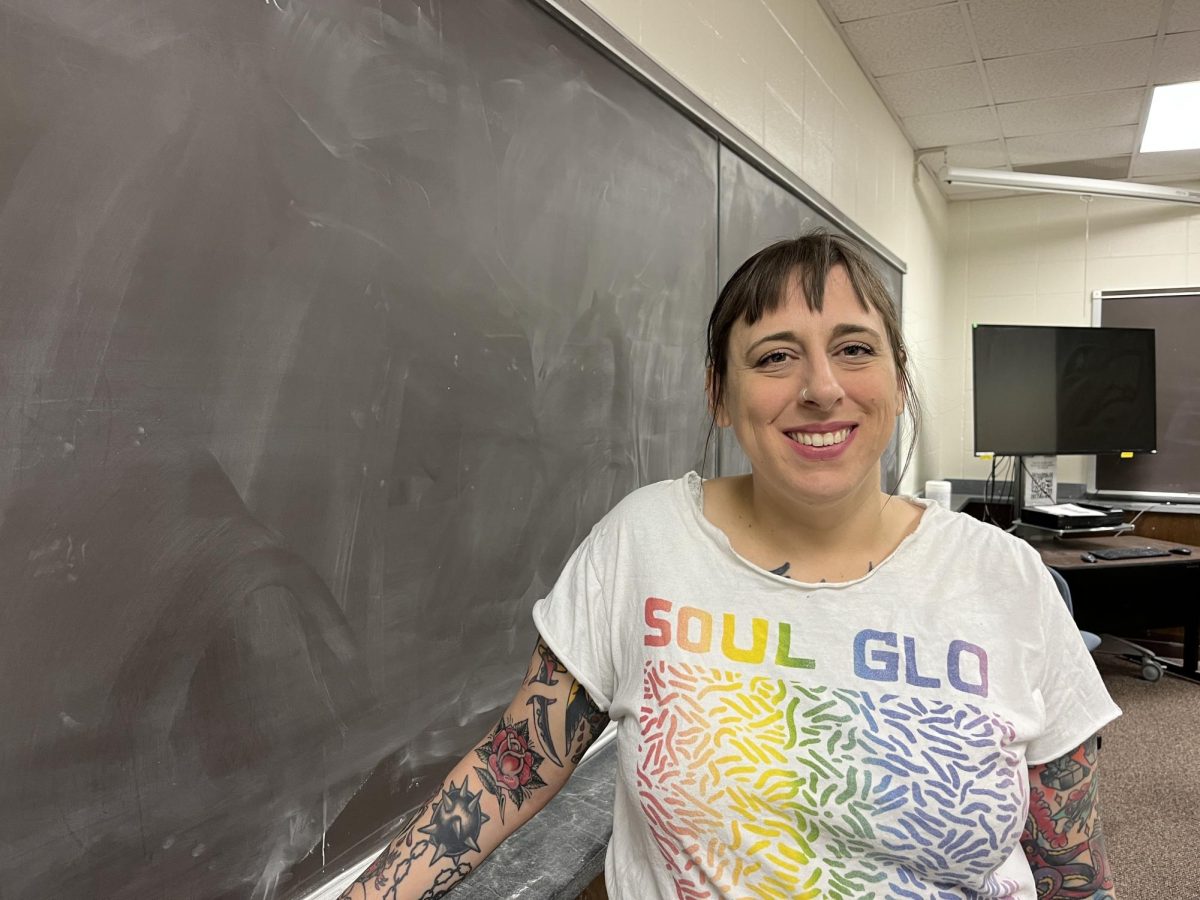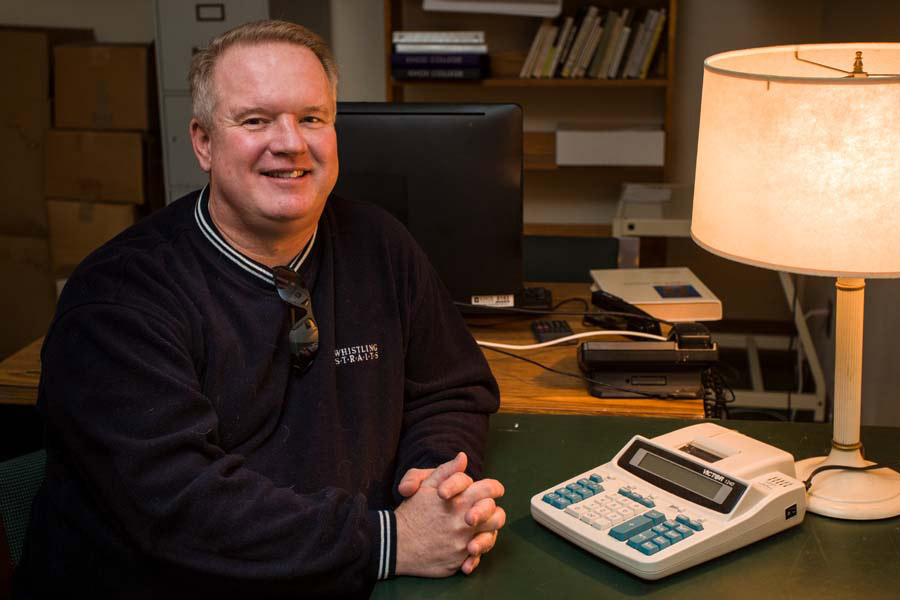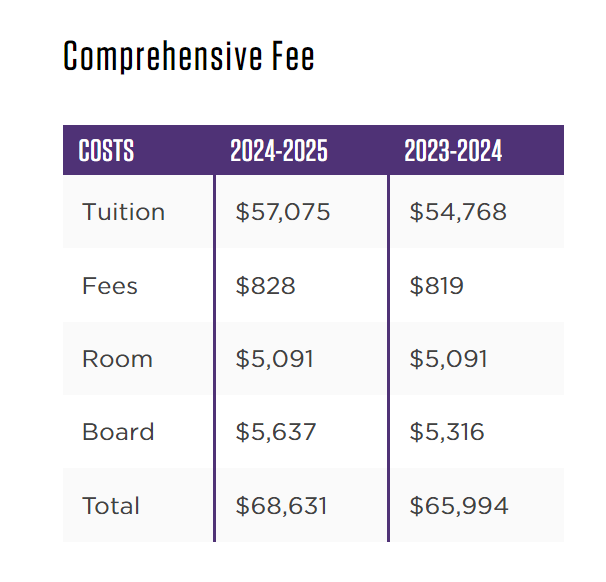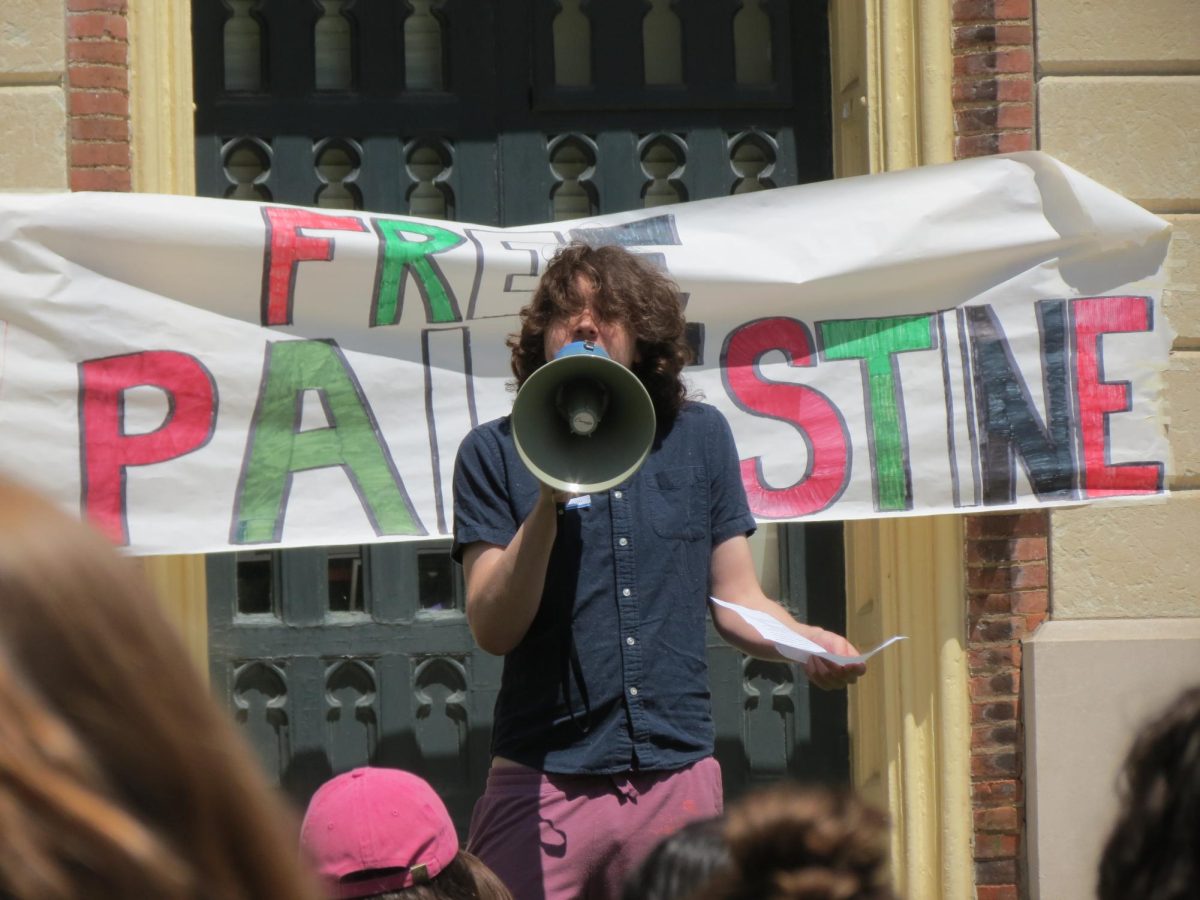Millions of people across the US watched the eclipse last Monday. One of those was Professor of Physics Nathalie Haurberg.
She had been waiting for this since 2017, when she drove to Carbondale, Illinois to view totality, but a rogue cloud tarnished the experience.
“After missing totality I was like, alright, I’m definitely driving to totality the next time because I missed the cool part,” Haurburg said.
Haurberg traveled to her alma mater for graduate school, University of Indiana, in Bloomington, Indiana to witness totality. Everything was very, “eclipse-y,” Haurberg said, with events, speakers, and restaurant specials all about the eclipse.
Haurberg set up to watch the eclipse right before it started, she wanted to see the moment of first contact.
“After about half an hour you started to notice it was actually getting darker, and started cooling off a bit,” Haurberg said.
It took about an hour for the moon to fully eclipse the sun. Haurberg says the atmosphere was high, with people playing music like Pink Floyd. But right before totality is when things started getting really interesting.
“Everyone’s watching and people are getting really excited and going oooh it’s so cool, and the crickets start making noise, and the birds are making warning calls,” Haurberg said.
Once the moon fully blocks the sun, viewers could see the outer layer of the sun, called the corona. Normally, the rest of the sun is too bright for the corona to be witnessed or studied.
“You teach about the corona, you know, you learn about the corona, but that’s the only time I’ve ever seen the corona with my eyes you know? Just looked up with my eyeballs and looked at the corona of the sun,” said Haurberg.
During totality spectators could also see Jupiter and Venus, as well as some solar flares. Many people also witnessed the diamond ring effect.
“When there is light that’s channeled through hills and valleys between mountains on the moon, you get this bright spot that looks like there’s kind of a diamond ring shining on one little spot on the moon,” Haurberg said.
‘Shadow snakes’ were also seen as the sun started coming out of the shadow. These are caused by a type of refraction as the sun moves out of the shadow.
The next total solar eclipse viewable from the US will be in 2044, but the Midwest will not see it.

